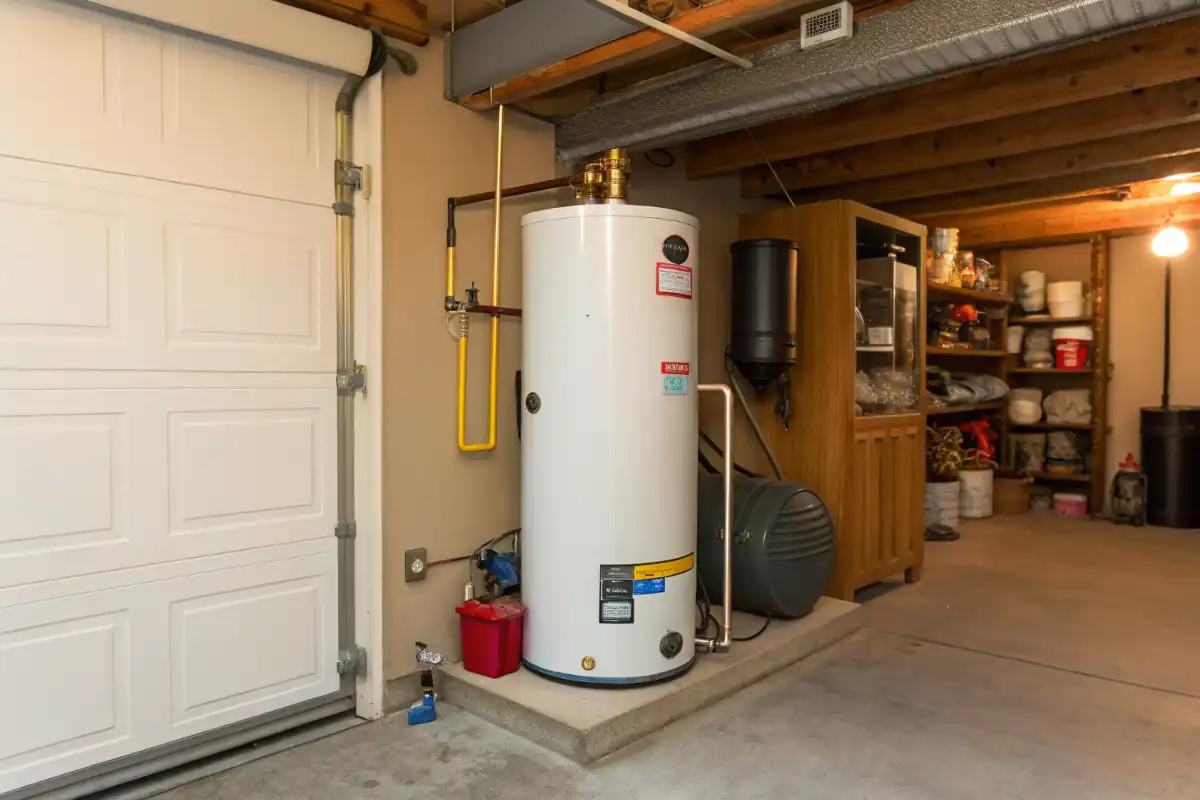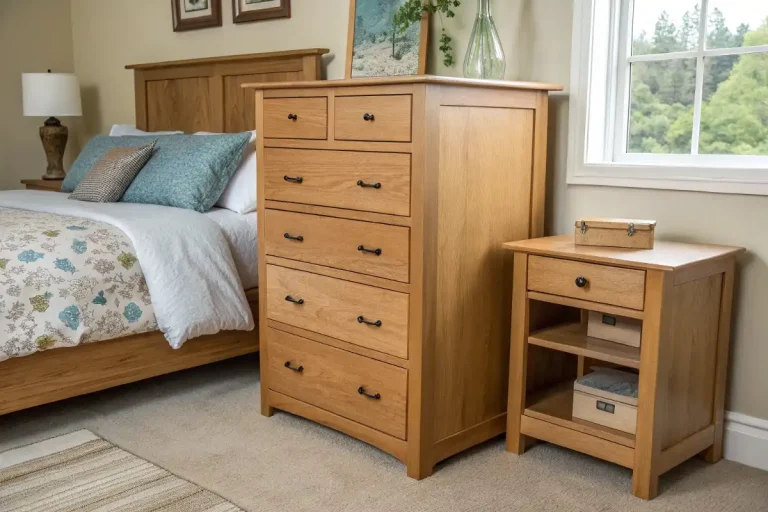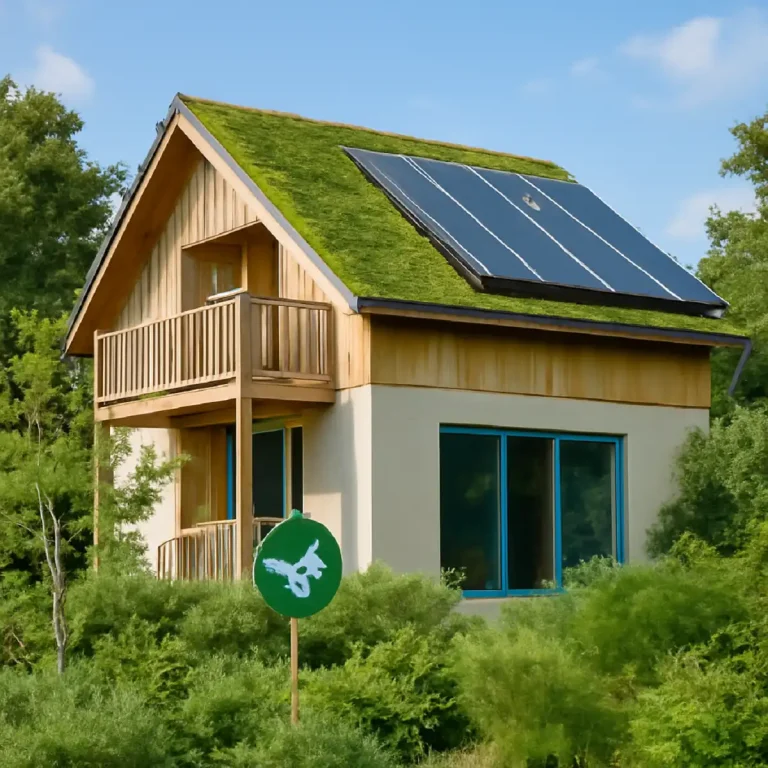Hot Water Heater System for Homes, (Hot Water Heater Guide)
Hey there, if you’re like most homeowners in the U.S., your hot water heater is one of those things you don’t think about until it’s time for a cold shower or a skyrocketing energy bill. But trust me, picking the right one can make a huge difference in your daily routine, your wallet, and even how your home looks and feels. In this ultimate hot water heater guide, we’ll dive deep into everything you need to know to select a system that fits your lifestyle, boosts efficiency, and ties into your home’s overall design. Whether you’re remodeling a cozy suburban ranch in Texas or optimizing a sleek condo in New York, the choices you make here can cut your energy use by up to 20%—that’s according to the latest from the U.S. Department of Energy—and potentially increase your property’s value when it’s time to sell.
From my own tinkering with home upgrades over the years, I’ve seen how a well-chosen hot water heater can transform a space. It’s not just about hot water; it’s about creating a seamless, efficient home that doesn’t waste space or resources. We’ll cover types, sizing, fuel options, installation, maintenance, pros and cons, buying tips, and more. By the end of this hot water heater guide, you’ll feel confident making a decision that aligns with both your practical needs and that aesthetic vision you’ve been pinning on Pinterest.
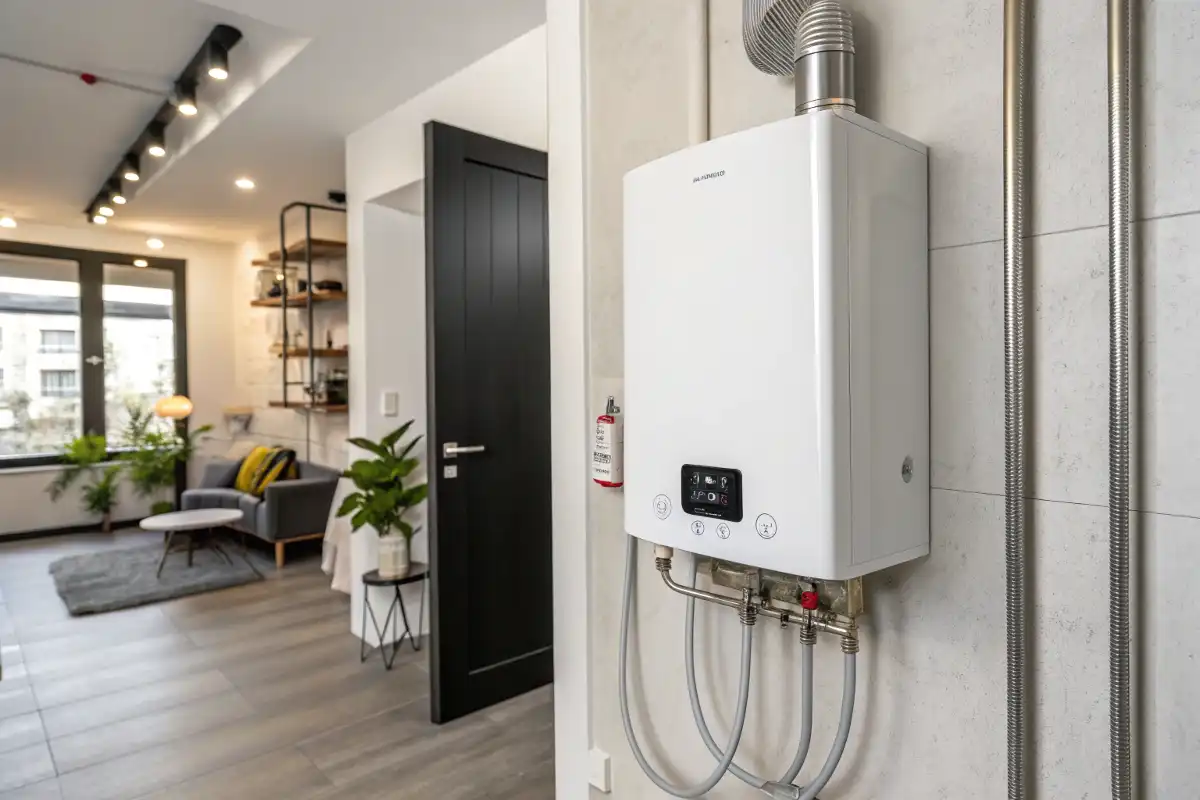
Table of Contents
Understanding the Basics: Why Your Hot Water Heater Matters More Than You Think
Before we jump into the specifics, let’s set the stage. Hot water heaters aren’t just appliances; they’re integral to your home’s infrastructure. They account for roughly 18-20% of the average American household’s energy consumption, which can add up to hundreds of dollars annually on utility bills. In terms of design, the right model can free up valuable square footage—imagine swapping a bulky tank for a wall-mounted unit that lets you add extra shelving in your laundry room. Plus, with growing emphasis on sustainability, eco-friendly options like heat pumps or solar systems can help you qualify for federal tax credits under the Inflation Reduction Act, making your home greener and more marketable.
Factors like your family’s size, daily habits (do you all shower in the morning rush?), and even your local climate play a big role. In colder states like Minnesota, where groundwater is chilly, you’ll need a system with strong recovery rates to avoid those dreaded lukewarm baths. This hot water heater guide is tailored for U.S. homeowners, so we’ll focus on options available nationwide, from big-box stores to online retailers.
Exploring the Types of Hot Water Heaters: Find Your Perfect Match
The market for hot water heaters is diverse, offering something for every home style—from vintage Victorians in San Francisco to modern farmhouses in the Midwest. Each type has its own flair, balancing efficiency, space, and functionality. Let’s break them down in more detail.
- Storage Tank Water Heaters: These are the classic workhorses, storing 30-80 gallons of pre-heated water in an insulated tank. They’re great for larger families who need hot water on tap for back-to-back showers or laundry loads. Design-wise, you can hide them in a garage or basement closet to keep your living spaces clutter-free. Just remember, they do take up floor space, so they’re not ideal for tiny homes.
- Tankless (On-Demand) Water Heaters: If endless hot water sounds like a dream (no more yelling “Save some for me!”), these are your go-to. They heat water only when you turn on the faucet, saving energy and space. Perfect for urban apartments or minimalist designs, you can mount them on a wall, freeing up room for that home gym you’ve been eyeing. They come in electric or gas versions, with flow rates from 2-5 gallons per minute (GPM).
- Heat Pump (Hybrid) Water Heaters: These clever units pull heat from the surrounding air, making them super efficient—up to three times more than traditional electric models. In humid areas like Florida, they double as dehumidifiers, improving indoor air quality without extra gadgets. Place them in a utility room or garage (they need at least 700 cubic feet of space), and they blend right into energy-conscious home layouts.
- Solar Water Heaters: For sun-drenched spots like California or Arizona, these harness rooftop panels to heat water naturally, slashing your carbon footprint. They’re a staple in eco-friendly designs, often paired with a backup electric or gas system for rainy days. Installation might involve some roof work, but the long-term savings (and that feel-good green vibe) are worth it.
- Indirect and Tankless Coil Water Heaters: These integrate with your home’s boiler, making them efficient for houses with radiant floor heating. They’re space-savers, ideal for older New England homes where you want a unified mechanical system without adding bulky equipment.
- Condensing Water Heaters: Geared toward gas users, these recapture heat from exhaust gases for extra efficiency. They’re suited for spacious homes in the Northeast, where natural gas is plentiful, and can handle high-demand scenarios like filling a jacuzzi tub.
- Point-of-Use Heaters: Tiny and targeted, these install right under a sink or near a shower for instant hot water in remote areas, like a guest bathroom or outdoor kitchen. They’re fantastic for adding luxury without overhauling your entire setup.
To make it easier to compare, here’s an expanded table with more details:
| Type | Operation | Typical Capacity | Best For | Average Lifespan | Efficiency Rating (EF) |
| Storage Tank | Heats and stores water | 30-80 gallons | Families, traditional homes | 10-15 years | 0.90-0.95 |
| Tankless | On-demand heating | Endless supply | Modern, space-limited spaces | 20+ years | 0.82-0.99 |
| Heat Pump | Extracts ambient heat | 50-80 gallons | Energy-efficient designs | 10-15 years | 2.0-3.0 |
| Solar | Solar panels with backup | Varies | Eco-friendly homes | 20 years | Varies (high) |
| Indirect/Coil | Uses boiler heat | Varies | Integrated heating systems | 15-20 years | 0.85-0.95 |
| Condensing | Recaptures exhaust | 50+ gallons | Gas-heavy households | 15 years | 0.90+ |
| Point-of-Use | Localized heating | Small | Specific fixtures | 10 years | 0.90-0.98 |
This variety lets you align your choice with your home’s vibe—tankless for that clean, industrial look or solar for a rustic, off-grid feel.
Sizing Your Hot Water Heater: Avoid the Goldilocks Dilemma
Getting the size right is key in any hot water heater guide because too small means running out mid-shampoo, and too big is just wasteful (and pricey). Start by assessing your household: For 1-2 people, a 30-40 gallon tank or 2-3 GPM tankless should suffice. Bump it up to 50-80 gallons or 4-7 GPM for 3-5 folks, especially if you have teens who love long showers.
Factor in peak usage—think morning routines with the dishwasher and washing machine going simultaneously. Also, consider your location’s groundwater temp; in northern states, it might be as low as 40°F, slowing recovery. I once helped a friend in Chicago size theirs wrong, and let’s just say, family movie nights turned into complaint sessions. Use free online tools from sites like Energy Star to plug in your details. From a design perspective, proper sizing keeps things compact: In a small Seattle bungalow, a perfectly fitted tankless unit tucks away, leaving room for that cozy reading nook.

Fuel Sources and Energy Options: Powering Your System Smartly
Your fuel choice impacts everything from installation ease to ongoing costs and environmental creds. Electric heaters are plug-and-play, available everywhere in the U.S., but they can rack up bills in high-electricity states like California. Natural gas offers faster heating for busy households, common in urban areas, while propane is a rural favorite for its portability. Solar? It’s a winner in sunny climes, potentially cutting costs by 50-80% after the initial setup.
Here’s a detailed comparison, updated with 2025 average estimates based on national data:
| Fuel Type | Availability | Annual Cost Estimate (for avg. home) | Environmental Impact | Installation Notes |
| Electric | Widespread | $500-800 | Moderate (depends on grid renewables) | Easy, no venting needed |
| Natural Gas | Urban/suburban | $300-500 | Lower emissions than coal-based electric | Requires venting, faster recovery |
| Propane | Rural/off-grid | $400-600 | Similar to gas, but transport adds footprint | Good for remote areas, storage tank needed |
| Solar | Sunny regions | $100-300 (post-install) | Very low | Roof panels; federal incentives available |
If switching, think about design tweaks—like adding a discreet vent that matches your home’s exterior. And hey, with rising energy prices, going green isn’t just smart; it’s practically a no-brainer.
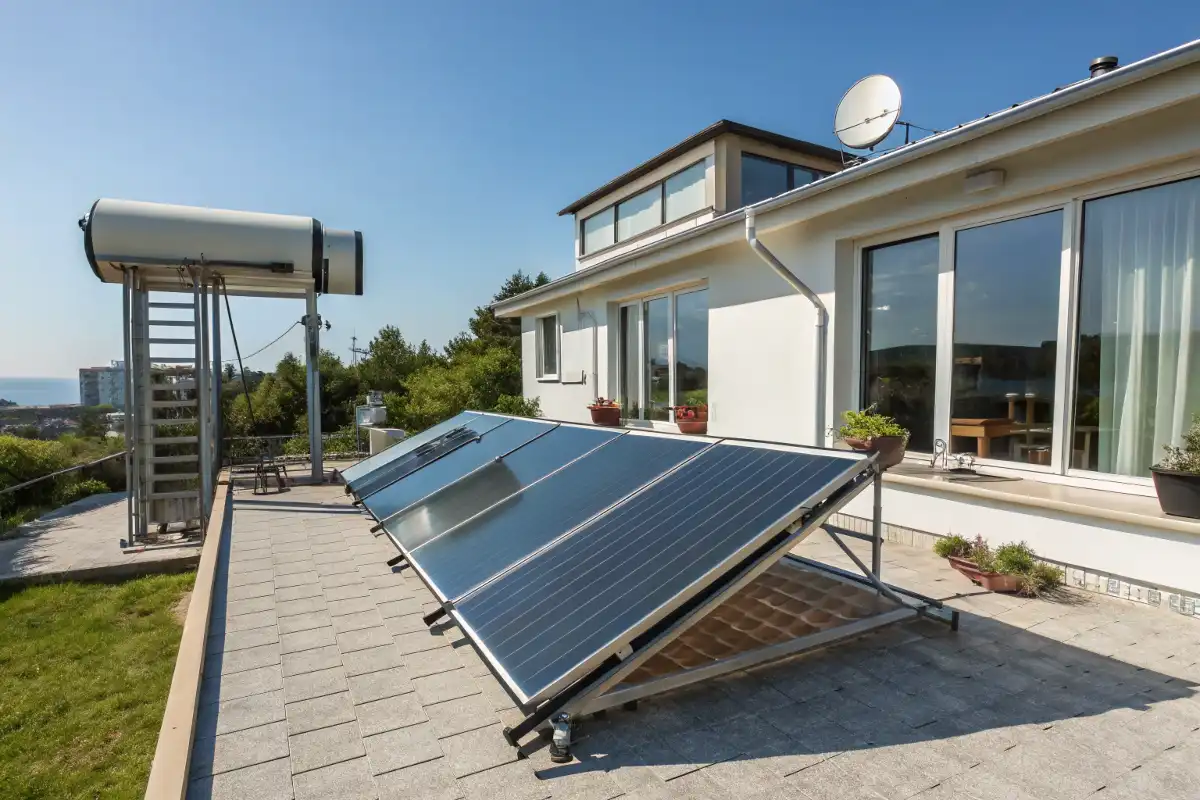
Installation Tips and Requirements: Making It Fit Seamlessly
Installation isn’t just technical; it’s about integrating the unit into your home without disrupting the flow. For electric tanks, DIY is feasible if you’re handy, but gas, solar, or hybrids? Call a pro to avoid safety risks—plumbers in the U.S. charge $500-2,000 on average. Space requirements vary: Heat pumps need good airflow, so a ventilated basement works well, potentially turning it into a dual-purpose laundry/dehumidified zone.
Safety is non-negotiable—ensure proper venting to prevent carbon monoxide issues, and consider earthquake straps in seismic areas like the West Coast. In my limited experience upgrading an old system, placing it in an attic freed up basement space for a home office, which was a game-changer. Costs can climb with permits, but rebates from utilities like those in PG&E territory can help.
Maintenance and Troubleshooting: Keeping Things Running Smoothly
No hot water heater guide is complete without maintenance tips, because neglect can lead to inefficiency or breakdowns. Flush storage tanks yearly to clear sediment (especially in hard-water areas like the Southwest), check anode rods every 3-5 years to prevent corrosion, and descale tankless models with vinegar solutions. For hybrids, clean air filters monthly.
Common problems? Leaky valves might just need tightening, but flickering pilots or error codes warrant a professional. Regular care not only extends lifespan (aim to replace every 10-15 years) but protects your design elements—no one wants water damage ruining hardwood floors. A little elbow grease goes a long way; it’s like giving your car an oil change to avoid bigger headaches.
Pros and Cons of Each Type: Weighing the Trade-Offs
Every option has upsides and downsides, so let’s lay them out clearly to help you decide.
| Type | Pros | Cons | Energy Savings Potential |
| Storage Tank | Affordable upfront, reliable for high demand, easy to install | Takes up space, ongoing energy loss from standby heat | Moderate (insulate for better) |
| Tankless | Compact, endless supply, long life, high efficiency | Higher initial cost, may need electrical upgrades, flow rate limits | High (up to 30% savings) |
| Heat Pump | Very efficient, dehumidifies air, qualifies for rebates | Slower in cold spaces, higher upfront cost, noise from fan | Very High (50-60% savings) |
| Solar | Low operating costs, eco-friendly, durable | Dependent on weather, expensive install, needs backup | High (50-80% with sun) |
| Indirect/Coil | Space-efficient, integrates with existing boiler | Relies on boiler efficiency, limited hot water if boiler is off | Moderate |
| Condensing | High efficiency for gas, good for large homes | Requires specific venting, not ideal for small setups | High |
| Point-of-Use | Instant hot water, low energy for specific uses, easy add-on | Not for whole-house, multiple units can add up | Moderate (targeted use) |
Balance these with your priorities— if minimalism is your jam, tankless wins; for sustainability, hybrids or solar shine.
Buying Considerations and Cost Analysis: Smart Shopping for Long-Term Value
When shopping, prioritize Energy Star-certified models for efficiency rebates (up to $300 federally in 2025). Look for warranties of 6-12 years, and features like Wi-Fi controls for app-based monitoring—perfect for tech-savvy homes. Top brands include A.O. Smith, Rheem, and Bradford White, available at Home Depot, Lowe’s, or Amazon. Upfront costs range from $400 for basic tanks to $3,000+ for advanced hybrids or solar setups, with annual operating expenses from $200-600 depending on fuel and usage.
Factor in total ownership costs: A tankless might cost more initially but save $100/year in energy. Seek local incentives, like those from utilities in energy-focused states such as Colorado. And a quick tip: Read reviews from U.S. homeowners to avoid lemons—nothing’s worse than a dud disrupting your routine.

Additional Advice, Resources, and a Touch of Real-Life Insight
To maximize efficiency, add pipe insulation, low-flow showerheads, and timers—these small tweaks can shave another 10-20% off bills while enhancing your eco-design. Got hard water? Install a softener to protect your investment. FAQs often pop up: Is tankless truly endless? Yes, if sized correctly, but multiple high-flow fixtures might strain it. Electric vs. gas? Gas heats quicker but needs infrastructure.
For deeper dives, head to Energy.gov for calculators or the EPA’s WaterSense program for conservation tips. Consult a local designer or plumber for custom integration—I’ve heard stories of folks turning utility closets into stylish hidden gems. One user shared how switching to a hybrid not only lowered bills but made their damp basement feel like a spa (okay, slight exaggeration, but you get the point).
In wrapping up this hot water heater guide, remember: The best system is one that supports your life without stealing the spotlight. With the right choice, your home becomes more efficient, beautiful, and ready for whatever comes next—hot showers included. If you’re ready to upgrade, start with a quick audit of your current setup and go from there. Happy heating!
Frequently Asked Questions (FAQ) About Hot Water Heaters
- What’s the difference between a storage tank and a tankless hot water heater?
Storage tank heaters keep a reservoir of hot water ready, which is great for high-demand households but uses more space and energy on standby. Tankless models heat water on demand, offering endless supply and compactness—ideal for smaller homes—but they can have higher upfront costs and may require electrical upgrades. - How do I know what size hot water heater I need?
It depends on your household size and peak usage. For 1-2 people, a 30-40 gallon tank or 2-3 GPM tankless works well. Larger families might need 50-80 gallons or 4-7 GPM. Use online calculators from Energy.gov, factoring in things like simultaneous showers or your local groundwater temperature, to avoid shortages or waste. - Are heat pump water heaters worth the investment?
Yes, especially in moderate climates—they’re up to three times more efficient than electric tanks and can dehumidify spaces as a bonus. They qualify for rebates, but they perform best in areas above 40°F and might be noisier or slower in recovery compared to gas models. - Should I go with electric, gas, or solar for my hot water heater?
Electric is easy to install and widely available but can be costlier to run. Gas heats faster and is cheaper annually in many U.S. regions. Solar is eco-friendly and low-cost long-term in sunny states like California, but it needs a backup and higher initial setup. Consider your utility rates and home design when deciding. - How often should I maintain my hot water heater?
Annually for most types: Flush tanks to remove sediment, check anode rods every 3-5 years, and descale tankless units. This prevents efficiency loss and extends lifespan to 10-20 years. In hard-water areas like the Southwest, more frequent checks can save you from costly repairs. - Can I install a hot water heater myself?
Simple electric tanks might be DIY-friendly if you’re experienced, but gas, solar, or hybrid models require professionals for safety and code compliance. Costs range from $500-2,000, and improper installation could void warranties or cause hazards—always check local U.S. building codes. - What are the signs my hot water heater needs replacement?
Look for rusty water, strange noises, leaks, or inconsistent temperatures. Most last 10-15 years; if yours is older and inefficient, upgrading can cut energy bills by 20-30%. From personal tweaks I’ve done, catching issues early avoids emergency cold showers. - Do tankless water heaters really save money?
They can save 20-30% on energy by avoiding standby losses, but savings depend on usage and sizing. In a busy family home, the endless hot water is a plus, though the initial cost ($800-2,500) is higher than tanks ($400-1,000). Factor in rebates for Energy Star models.
